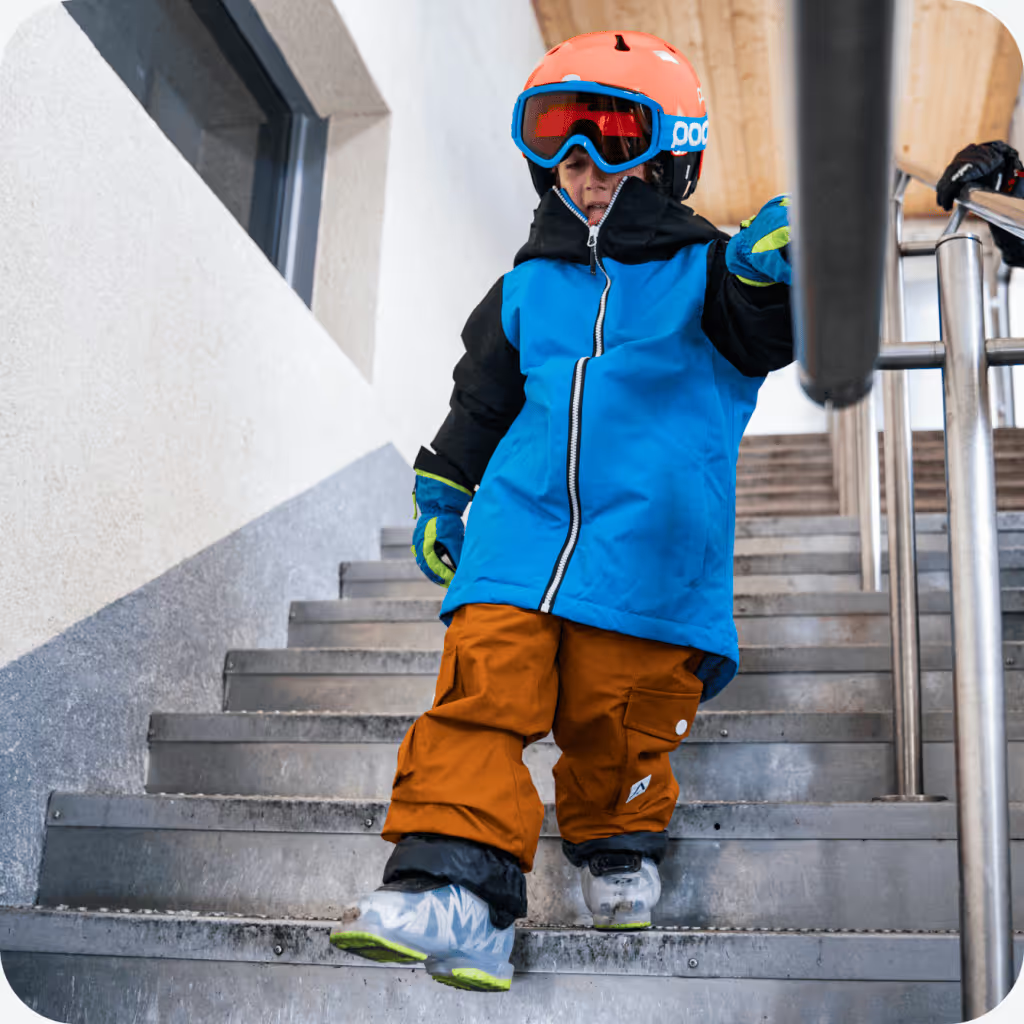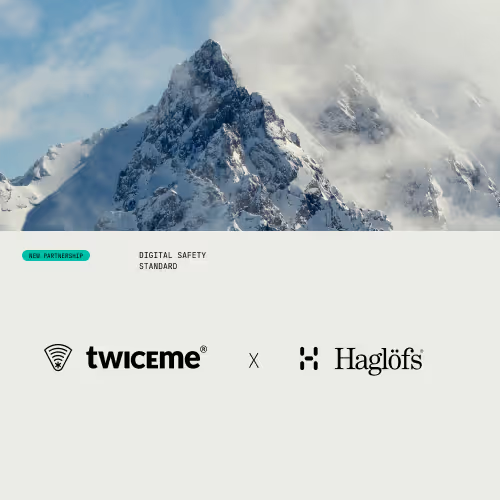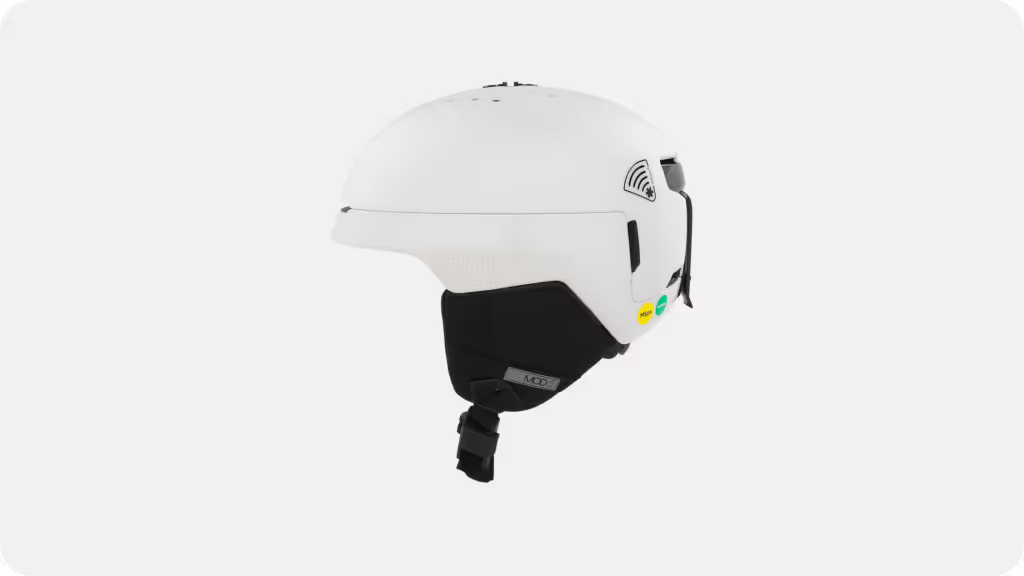5 great ski helmets for Kids 2021-2022
When buying the helmet for your child this season, this guide aims to equip you with what you need to know about helmet safety and some great choices. This comprehensive review looks at most important aspects to look for when buying a helmet for kids.

From high-end, fully specced helmets to the bare minimum essentials, before buying the helmet for your child this season, this guide aims to equip you with what you need to know about helmet safety. Based on technologies, materials, and other innovations that are available, we have collected a selection of great choices when deciding what to get for your child for the coming ski season.
Intro to the safety guide
We know the drill, every year before the ski or snowboard season starts you start going through the garage or attic trying to assess what gear is needed to protect your child on the slopes. When you finally find it, the questions start to spin in your head: How old is this helmet? Is this helmet still doing its job protecting my child? Do I really have to get a new one?
We can’t answer the above questions for you but if you do decide that it is time to replace that old helmet (a helmet has an average lifespan of 3-5 years before it loses its protective properties) we are here to help.
Once you start to dive into the whole buying process it can be a daunting task. The helmet market has everything from the cheapest possible helmet that is barely scraped by the certification process to high-end and feature-packed helmets that are designed to make every effort possible to protect.
In this article, we have collected the best choices for the coming ski season that range in price and safety features. All of them should be solid picks for your child and can help you avoid some pitfalls in the helmet jungle. Let’s dig in!
We take no commissions for any links within this article. It is made purely with the safety of the user in mind. Last updated 10th February, 2022
Best overall choice - POCito fornix NFC
Price: $170
Safety features?twICEme, MIPS, Recco, and high vis patches
Fit system?Yes, fully adjustable
Ventilation?Yes, special goggle vent
The helmet that can speak for your child. The POCito Fornix MIPS ski helmet includes numerous safety features that work to prevent accidents from happening. Bright, fluorescent colors that make kids more noticeable give other skiers more time to react to the location of your child, helping to avoid collisions.
Reflective patches further enhance visibility. If an accident does happen, the ski helmet protects young ones with features including an aramid penetration barrier, a lightweight EPS liner, and a PC shell.
Inspired by the original -the Fornix -the all-new POCito Fornix MIPS for kids features many of the same technologies as its parent: A new and improved fit system ensures its easy to find the right fit; a goggle clip gives security, and goggle chimneys mean that vapor can escape from POC goggles to prevent steaming.
The helmet also features a whole host of safety features like a RECCO® reflector, twICEme®, and MIPS.
When it comes to safety, this helmet has it all. If you want to give your child the best of the best at a reasonable price, look no further.
Best protection on a budget - Smith Holt Jr.
Price:$70
Safety features?No additional features
Fit system?Yes, Fully adjustable
Ventilation? Yes, 14 vents
Smith has done a great job on this one! The Smith Holt Jr. Helmet boasts hardshell protection, a simple design, and removable ear pads so you can use it on the mountain and as a bike or skate helmet in the off-season (see certifications further down in this article). More specifically, The Holt Jr. helmet serves up a four-season certification, so your young sports-crazy child can reach for one helmet for coverage no matter what sport they do. More or less.
The Adjustable Dial Fit System utilizes intuitive righty-tighty and lefty-loosey adjustments for quick and easy adjustments.
Smith's bombshell construction (Advanced ABS) means it holds up, even to hard knocks. Plenty of vents keep the air flowing and their goggles fog-free and an adjustable dial provides just the right fit for the season.
This helmet offers a great bang for buck in terms of helmet safety. It has all in the way of safety certifications and nifty design features to keep your child nice and secure on the slopes.
The absence of added safety features keeps the price point slightly lower.
Best for skiing on the piste - Salomon Husk Jr
Price$80
Safety features? Yes, twICEme®
Fit system? Yes Fully adjustable Custom Dial
Ventilation? Yes
Designed for young riders looking to maximize comfort and style without much adjustment and fuss, the HUSK JR is a lightweight helmet that makes it easy to stay comfortable and safe.
Its sharp and minimalistic design makes your child look the part on the ski slopes. In terms of safety, it comes equipped with Salomon's EPS4D technology which means that this helmet maximizes energy absorption.
It also comes with optimal ventilation. The strategically placed air vents create a continuous airflow that keeps your child’s head nice and comfortable and helps the goggles stay fog-free.
Lastly, there is an adjustable dial, comfortable ear pads, and a seamless goggle integration to make this a helmet that cuts the hassle when going for the next adventure. All in all, this is a great choice for the young ones in the family hanging out in the piste. Also, the price point is not bad.
Best choice for the adventuring family - Blaster II Mips Jr
Price $129,95
Safety features? HardShell, MIPS
Fit system? Yes, dial adjustment
Ventilation? Yes
The Blaster is a light all-mountain helmet made specifically for your young loved ones. Whether cruising in the piste or carefully exploring the backcountry, this helmet provides comfortable protection. It has an in-mold construction with ABS hard-shell reinforcements for extra strength in the vulnerable areas on the side. The Blaster helmet also uses so-called integrated Impact Shields. In short, this helmet is built to protect.
Also, it contains Mips, a technology that reduces rotational forces on the brain.
This is a great choice for the avid skier family to protect their young ones!
Best of the rest - Giro Crue MIPS
Price $89,95
Safety features? Hardshell construction, MIPS
Fit system? Yes, Fully Adjustable
Ventilation? Yes, special goggle vent
This is another great choice from Giro. With a hard Shell Construction, a rugged outer shell is molded and then attached to the EPS foam liner. The helmet also contains the MIPS technology and an In Form™ Fit System. This fit system makes it easy to dial-in the fit and feel of your helmet in seconds – even with gloves on. It provides up to 6 cm of fit adjustment which is good for a growing child. Smart!
It also contains a pretty clever ventilation system. The stack Ventilation was developed based on research showing the majority of the warm air that can cause fogging exhausts from the center top vent of the goggle.
Aligning the Stack Vent in the helmet with the center vent for the goggles helps to keep them clear and fog-free while maintaining total helmet and goggle integration.
In sum, the sum of the features and design produces a great helmet at an attractive price. Definitely a helmet worth checking out!
What to look for in general
What are ski helmet certifications?
Regarding certifications. This can be a bit of a jungle. Let us break it down for you. The most common helmet certifications are:
- CE EN 1077 A/B
Arguably, the EN-1077 is arguably the most common snow sport helmet standard. Created in 1996 as a British snow sports standard, EN-1077 was adopted in 2007 by the European Committee for Standardisation. Among other things this standard tests for impacts, resistance to penetration, and durability. The “A” class is tougher to pass than the “B” class.
- ASTM F 2040
The American ASTM F 2040 is similar to its European counterpart CE EN 1077 but is more stringent. It tests for higher speeds and tougher impacts. Otherwise, the standards are comparable.
- CE EN1078
More or less the same as the CE EN 1077 A/B but for bikes. Some helmets might be certified to work for both ski and bike so that might be an added bonus for the one who thinks of lowering consumption!
- CPSC
The CSPS, again, is slightly more stringent than its European sister but pertains to bike helmets. So like the European version, look for this standard if you want to have a double use for the helmet you buy for your child!
Should I have any added safety features?
You might have noticed a lot of abbreviations and acronyms when buying helmets. Brands like MIPS or twICEme connected to the model names, or logos on the back of the helmets have started popping up in most helmets in the industry. In general, these are all what is called an ingredient brand. A company that specializes in a specific type of helmet technology to make it the absolute best it can be.
Let’s dig into the most common technologies you might see!
What is RECCO?
RECCO® is a piece of tech that makes you searchable on the mountain. This tech has been around for a while and can help rescuers during search and rescue missions. The tech consists of a so-called reflector and is often integrated into equipment. As rescuers are looking for you, they use a special search beacon that is reflected on the tech in your equipment. Pretty cool if you ask us!
What is twICEme?
twICEme® is a technology that makes it possible to store important safety information in your equipment. This info can be of great importance in case of emergency. The safety information has been requested by some of the most well decorated rescuers out there to make sure that the information that you can provide is relevant. The information available is for example: personal identification, nationality, any relevant medical info, and insurance info and can be accessed easily with any smartphone.
Having this info available can save time during emergencies or just make sure that a parent’s phone number is readily available in the kid’s helmet.
What is MIPS?
MIPS is a step forward in helmet design and can provide more protection for a certain type of impact. The goal of this technology is to further reduce rotational forces. These forces can be harmful to the head so having this technology in the helmet seems like a good idea.
Salomon has their own patented technology to provide better directional protection. It's called EPS 4D and is integrated in their Husk Jr.
How to measure the head?
Helmet sizes are based on the circumference of your head. To find the right size, wrap a measuring tape around the head, just above the ears. Try to keep it level front to back. Once you have your measurement, you can use the chart below as a guide. Keep in mind that most helmets nowadays have adjustment systems and are delivered with fit pads to ensure the perfect fit.
FAQ for ski helmets for kids
Does my child have to wear a helmet?
Well, the short answer is: Yes. Your child is not strictly required to wear a helmet by law in most countries but for example, a guideline from the Agency for Healthcare Research and Quality in America advises that all recreational skiers and snowboarders wear helmets.
And we do too.
Simply put: You do not want to risk head injuries for your child and the solution is so easy. So our clear and only advice on the topic is a strong YES to the question above.
What helmets are safe for my child?
You should always go for a helmet with the proper certifications. Most helmets today are certified to a standard whether within skiing, biking, motorbike, etc. This is simply because in most countries it is required from the equipment manufacturer.
Beyond certifications, there are many types of added safety technology that are designed with your and your child’s safety in mind. You can check them out in the section above called “Safety features”.
Do I have to have a certified helmet?
Well, you wouldn’t be breaking any laws generally speaking but you would probably be hard-pressed to find helmets today without any type of certifications. Again, if you decide to engage in a risky sport, wear a helmet. And if you wear a helmet, you might as well wear a good one!
Is there a difference between a snowboard helmet and a ski helmet?
There is really no difference between ski and snowboard helmets. They are both in the snow category and many brands have helmets that work for both sports. It's more a question of style. For many kids taking up one of the two sports, it is often a matter of preference of style and getting the feeling of belonging to a specific culture. The snowboarding culture and skiing culture come from slightly different backgrounds. In sum, if you are buying a helmet for your child for the first time, find something that fits their style. However, if your kid is taking over an older brother or sister's helmet it really makes no difference in terms of safety. Just be mindful of the fact that the helmet is not too old in which case it's a good idea to replace it with a new one.
Discover More Exciting Content.
Explore more related articles

Haglöfs joins the Twiceme Digital Safety Standard

Deadpool Meets Darth Vader with Ruroc's Latest Twiceme-Equipped Helmets

Twiceme Winter Mountain Sports Survey Reveals Athletes Want More Options for Digital Health Storage and Sharing For Emergencies

Winter Sports Athletes Want More Robust Digital Safety Features

Exploring the Oakley MOD5 I.C.E. Snow Helmet - Unrivaled Safety for Your Mountain Adventures
